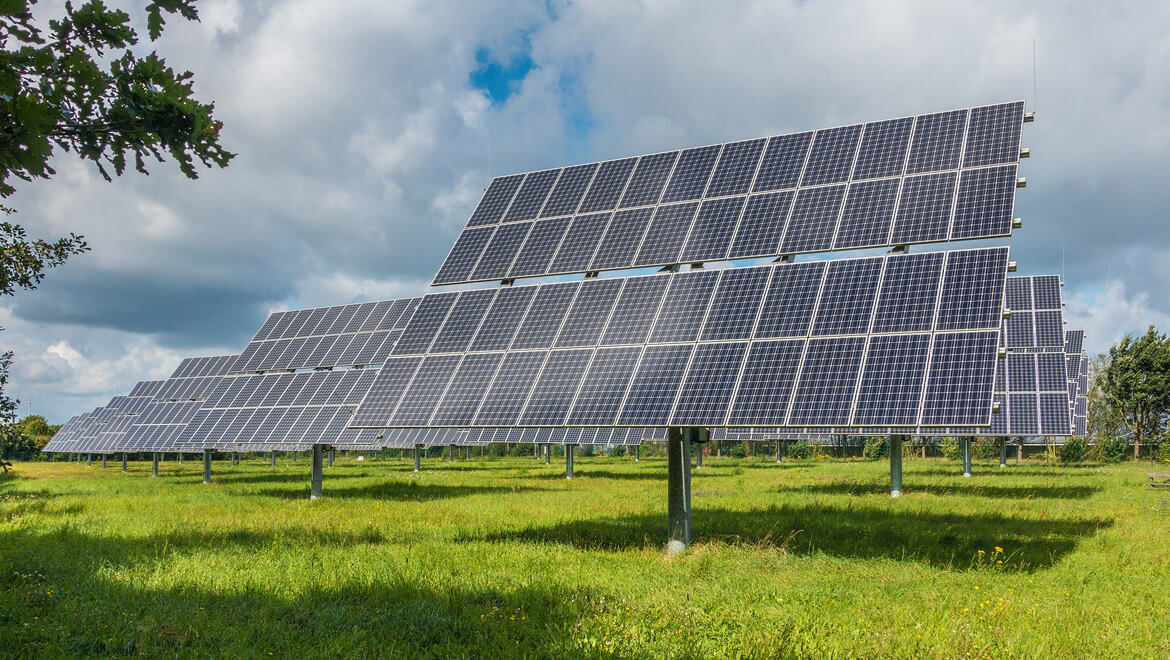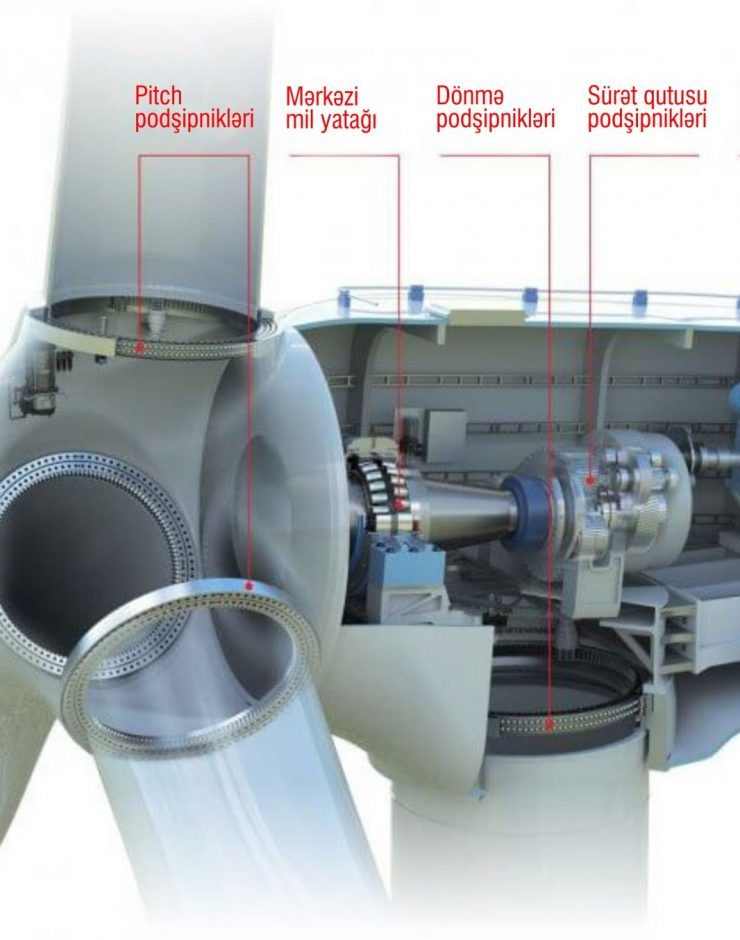Solar energy
Solar energy is a technology for generating energy from sunlight.
The amount of solar energy reaching the earth’s surface is greater than all oil, natural gas, coal and other fuel resources. At 0.0125% it could meet all the energy needs of today’s world.
The advantage of using solar energy is that during the operation of solar devices there is no greenhouse effect, no air pollution occurs, and heat does not spread to the lower layers of the atmosphere. Solar energy has only one drawback – it depends on the state of the atmosphere, time of day and year. Solar energy can be used in two ways: with the help of various thermal systems, in the form of thermal energy, in devices for converting photochemical and photovoltaic processes.


Solar energy is affordable
The sun is an almost inexhaustible source of energy available to us on an almost unlimited scale – pure and free energy. The Sun radiates 960 billion kilowatt-hours to Earth every day. This amount of energy could theoretically satisfy the world’s energy needs for 180 years.
We can use the energy of the sun for various purposes. One of them is the production of electricity. With solar panels, the sun’s energy is directly converted into electricity. This process is called the photoelectric effect. There are many benefits to using solar energy. It is a clean, quiet and reliable source of energy. Photovoltaic batteries were first used on satellites in space. Today, solar energy is widely used in many areas. In remote areas without a centralized power supply, solar panels are used to power individual houses, lift water and cool systems. These systems often use batteries to store the electricity generated during the day. In addition, calculators, telecommunications systems, buoys, etc. powered by solar energy.
Another area of application is the power supply of residential buildings, offices and other buildings where there is a centralized power grid. It was this program that in recent years provided approximately 90% of the solar module market. In most cases, solar panels operate in parallel with the grid and generate environmentally friendly electricity for district power networks. Many countries have special mechanisms to support solar energy, for example, special increased tariffs for the supply of electricity from solar panels to the grid, tax incentives, incentives for obtaining loans for the purchase of equipment, etc. At the stage of formation of photoenergy, such mechanisms operated in Europe, the USA, Japan, China, India and other countries.
Solar modules or panels consist of several components, the main one being a photovoltaic or solar cell. Photoelectric converters (in the literature there is often another definition – photocells from the English solar elements) – semiconductor devices that convert the energy of solar radiation (solar radiation) into electric current. There are many ways to convert solar energy into electrical energy, although technologically they can be very different – both in terms of physical principles and technical implementation. The most efficient from the point of view of both the organization of production and the economic feasibility of using energy are devices that use photoelectric semiconductor converters (PSV) for converting solar energy, the main advantage of which is a single-stage direct energy transfer. Analyzing the modern market of commercial terrestrial systems, it should be noted that a large share (about 80-85% of the entire world market) belongs to crystalline silicon elements. A smaller percentage are thin-film solar cells (CdTe type) – about 10%.










